If you listen to cultural authorities on the question of why boys aren’t readings books, you will quickly discover the problem: the politically correct experts themselves and the Children’s Literature/Industrial Complex with which they are allied.
Boys, they proclaim, need books that put them in touch with their feelings. Robert Lipsyte, writing in The New York Times Sunday Book Review, writes:
“[B]oys need to be approached individually with books about their fears, choices, possibilities and relationships—the kind of reading that will prick their dormant empathy, involve them with fictional characters and lead them into deeper engagement with their own lives. This is what turns boys into readers.”
Excuse me while I dab my eyes delicately with my handkerchief, touched by this tender thought.
Of course, this is complete nonsense. If you had told my wife that our three (now grown) boys had needed a “deeper engagement with their own lives,” she would have told you that what they really needed to do was clean their rooms and take out the trash.
Erin Geiger Smith, in the The Wall Street Journal, also suffers under the delusion that what boys need is more self-obsession, more books that put them in touch with things with which they are already way too in touch: books about what is happening to their bodies, books about being bullied (and how they feel about it), books that bury them right where they are in their narrow little feelings-infested modern lives.
Smith quotes Brein Lopez, manager of Children’s Book World in Los Angeles, who advises giving boys books that “allow their characters to feel in different ways” (emphasis added).
You can just see Tom and Huck, fleeing these modern Aunt Pollys.
Boys are not interested in getting in touch with themselves, and it is particularly off-putting when they are told that it is good for them. The minute the politically correct schoolmarms approach, they head for the woods, where they are free to transform sticks into swords and fight monsters and hunt frogs and swing from trees—anything but to be preached at by people whose sermons consist of high-minded meaninglessness.
It is instructive to look at the books boys used to read in the days when boys read books. The old magazine pulp fiction and adventure books which used to attract the allowance money of the average boy—what Digby Anderson has called “blood and morality” literature—contained action and even a modicum of violence, but also assumed a fundamentally moral world in which characters with a clear purpose fought for a good worth fighting for.
[FOR A LIST OF CLASSIC BOYS BOOKS, CLICK HERE.]
If you went back and looked at this literature, you would quickly discover that it was characterized by precisely the opposite qualities the so-called experts now extol.
The older authors forsook the sermonizing and dispensed with the psychological aggravations of mundane daily life in favor of stories of men of action in historical times and exotic places in which good prevailed over evil, and where the hero had to put himself in danger to make sure it happened. Edgar Rice Burroughs (Tarzan), Johnston McCulley (Zorro), Anthony Hope (Prisoner of Zenda), H. Rider Haggard (King Solomon’s Mines), P. C. Wren (Beau Geste), Howard Pyle (Robin Hood), C. S. Forester (Horatio Hornblower), John Buchan (The 39 Steps), Baroness Orczy (The Scarlet Pimpernel)—these were authors whose books boys not only didn’t avoid, but sought out.
These were books once illumined by flashlights under bed covers late into the night. To do this with the modern therapeutic fiction now being pawned off on parents would be a waste of batteries.




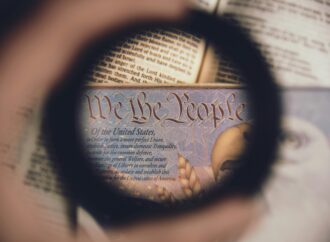
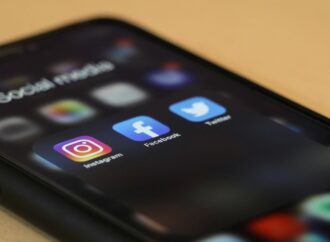
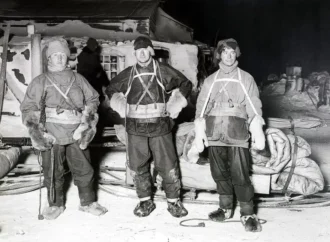
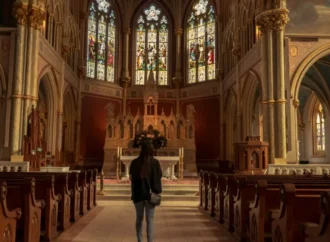



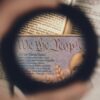

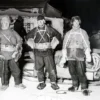


Leave a Comment
Your email address will not be published. Required fields are marked with *